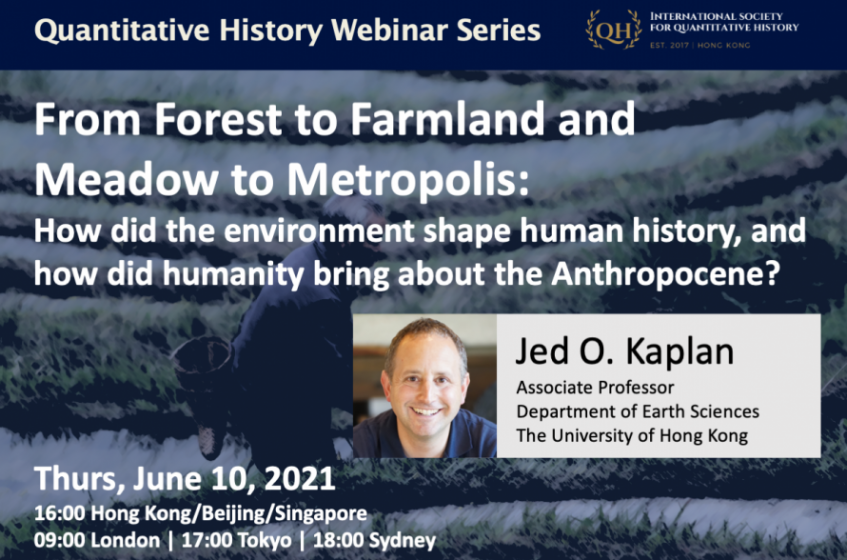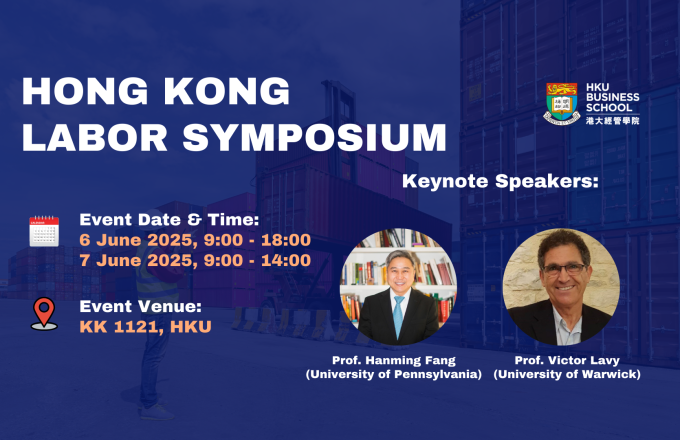
From forest to farmland and meadow to metropolis: How did the environment shape human history, and how did humanity bring about the Anthropocene?
From forest to farmland and meadow to metropolis: How did the environment shape human history, and how did humanity bring about the Anthropocene?
Did humans affect global climate before the Industrial Era? While this question is hotly debated, the co-evolution of humans and the natural environment since the last Ice Age had an undisputed role in influencing the development and present state of landscapes, many of which are highly valued today as economic, cultural, and ecological resources. Yet we still have a very incomplete picture of human-environment interactions over the last 21,000 years, both spatially and temporally, and how those interactions shaped the world in which we live today.
In order to address this problem, over the past decade Jed O. Kaplan of HKU Department of Earth Sciences has worked on synthesizing demographic, technological, and economic development over preindustrial time, and creating a database of historical urbanization covering the last 8,000 years. These data are combined with computer simulation models to quantify the magnitude and timing of global anthropogenic land cover change in the late Pleistocene and preindustrial Holocene. His models are informed by paleoclimate scenarios from global climate models and simulate global land cover and human land use change, fire, soil erosion, and emissions of the greenhouse gases CO2 and methane (CH4). His results highlight the importance of the long histories of both climate change and human demographic, economic, and technological history on the development of continental-scale landscapes. A large source of uncertainty in the results comes from assumptions researchers make about the rates and timing of technologically driven intensification of land use, and the importance of international trade for the subsistence of past societies and human influence on the planet. Jed O. Kaplan emphasizes the need for interdisciplinary geographical research that unites the social and physical sciences, and the humanities, to build on recent theory of preindustrial economic and technological change.
In this Quantitative History Webinar, Jed O. Kaplan will take the audience on a journey through time, starting with the way our distant hominin ancestors modified their environments to increase their chances of survival, and coming to the question of whether the planet itself can now survive the multitude of demands placed on it by modern society.
Live on Zoom on June 10, 2021
16:00 Hong Kong/Beijing/Singapore
09:00 London | 17:00 Tokyo | 18:00 Sydney
Calculate your local time
The Quantitative History Webinar Series, convened by Professor Zhiwu Chen and Dr. Chicheng Ma of The University of Hong Kong (HKU), aims to provide researchers, teachers and students with an online intellectual platform to keep up to date with the latest research in the field, promoting the dissemination of research findings and interdisciplinary use of quantitative methods in historical research. The Series is co-organized by the International Society for Quantitative History, HKU Business School, and the Asia Global Institute (AGI).
Conveners:
Professor Zhiwu Chen
Dr. Chicheng Ma







